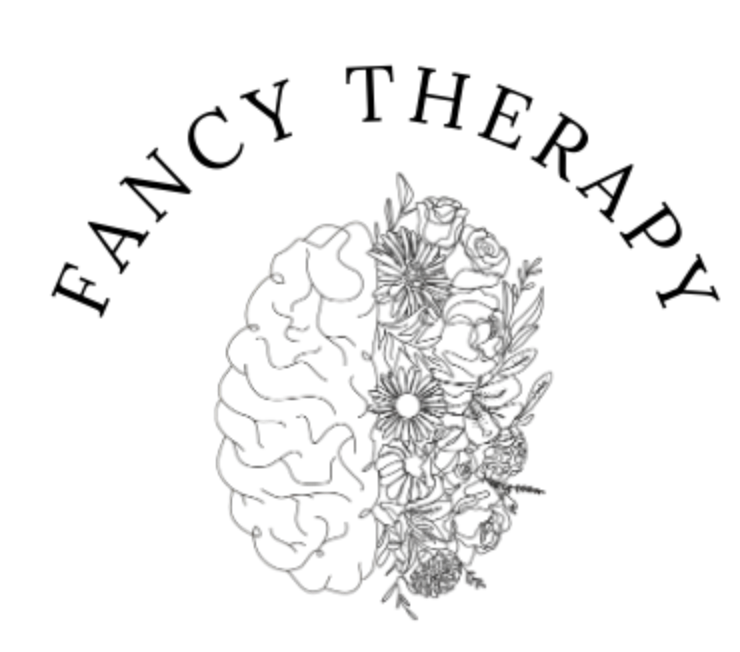Matrescence: The Process of Becoming a Mother
Becoming a mother is an exciting and transformative experience. However, with this transition comes a significant shift in identity that can be challenging to navigate. Matrescence, the term used to describe the physical, psychological, and emotional changes that occur during motherhood, can be a time of self-discovery, but also confusion and uncertainty. In this blog, we will explore matrescence and the identity shift that comes with becoming a mother, as well as strategies to help you cope with this change.
Understanding Matrescence
Matrescence is a period of change and transformation that takes place during pregnancy, childbirth, and early motherhood. This term is similar to adolescence in that it describes a transitional period of development, but instead of adolescence being a transition from childhood to adulthood, matrescence is a transition from womanhood to motherhood.
Matrescence involves a complex set of changes that include physical, emotional, and social aspects. Physically, women experience hormonal changes, physical changes in their bodies during pregnancy and childbirth, and changes in their relationship with their newborn baby. Emotionally, women experience a range of feelings such as joy, love, and fulfilment, but also may experience anxiety, fear, sadness, and uncertainty. Socially, women experience changes in their relationships with their partners, family, friends, and in their careers.
One significant aspect of matrescence is the identity shift that comes with the transition to motherhood. This can be both exciting and challenging as you adjust to a new role, new responsibilities, and a new sense of self. Women may question who they are, what their priorities are, and how their new role as a mother fits into their existing identity. Despite its significance, matrescence is not widely recognized or talked about, leaving many women feeling isolated and unsupported during this transformative time.
Strategies for Coping with Matrescence:
1. Embrace the Identity Shift
The first step in coping with identity changes is to acknowledge and accept that they are a normal part of the transition to motherhood. The shift in identity that occurs during matrescence is a natural and necessary process. Recognizing this can help to reduce feelings of confusion and uncertainty about one's identity as a new mother.
2. Practice Self-Care
Self-care is essential during matrescence. It can be difficult to prioritize yourself when you are adjusting to a new role and caring for a newborn, but taking care of yourself is essential for your well-being. This can include things like taking a relaxing bath, going for a walk, or reading a book. Self-care can help you to maintain a sense of self and reduce feelings of overwhelm.
3. Connect with Other Mothers
Connecting with other mothers can be a valuable source of support during matrescence. Joining a support group, attending a parenting class, or reaching out to other mothers online can provide a sense of community and understanding during this time of change. Talking with other mothers who are going through similar experiences can help you feel less alone and provide you with valuable insights and advice.
4. Maintain a Sense of Self
While becoming a mother involves taking on a new role, it is important to maintain a sense of self outside of this role. Maintaining a sense of self can help new mothers to cope with identity changes and cultivate a positive sense of well-being. This may involve continuing to engage in hobbies or activities that bring a sense of fulfilment and joy.
5. Be Kind to Yourself
Finally, it is important to be kind to yourself during this time of transition. Matrescence is a significant life event, and it is normal to feel a range of emotions. Self-compassion is an important tool for coping with the challenges of motherhood. Practicing self-compassion and being gentle with yourself can help you to cope with the challenges of this transition and build resilience for the future.




